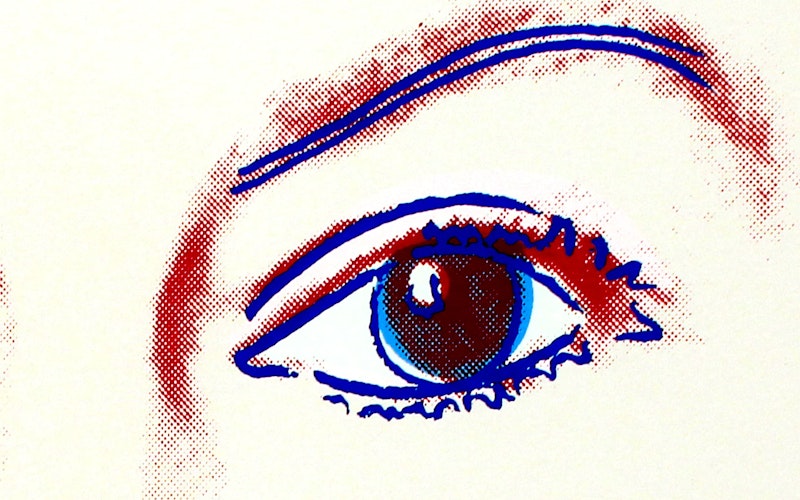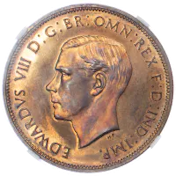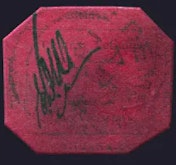Showpiece Homepage
Buy into Andy Warhol's £350,000 Reigning Queens.
Buy into Andy Warhol's £350,000 Reigning Queens.
This masterpiece printed in 1985 was part of Andy Warhol’s final portrait series before his death in 1987.
Signed “HC 3/3 Andy Warhol”, this is one of only three pieces not intended for sale. Soon this iconic work is going to be available for shared ownership.
This masterpiece printed in 1985 was part of Andy Warhol’s final portrait series before his death in 1987.
Signed “HC 3/3 Andy Warhol”, this is one of only three pieces not intended for sale. Soon this iconic work is going to be available for shared ownership.
Andy Warhol's Reigning Queens
Showpiece co-founder Dan Carter explains why Reigning Queens is so special
Each Showpiece is accompanied by incredible physical benefits, and this masterpiece is no different. Collectors can get their hands on colour-matched, Warhol licensed replicas produced by our friends at King and McGaw. In a world first, these come linked via a scannable code to ownership records of the original work.
Unlike his predecessors, Warhol portrayed the Queen more personally, modernising a popular figure of the Old World for contemporary, media-driven audiences. His unique interpretation translated into bold reproductions of Peter Grugeon’s photograph of the monarch, telling a different story to previous depictions.
Find out more from Showpiece co-founder Dan Carter here.
The prominent use of line drawings emphasises Her Majesty’s defining features, whilst also softening the eyes, brows and mouth. Warhol dabbled in the use of different hues; blues, greens, yellows, reds to create patches of colour highlighting various aspects of the portrait. Subtle accents of blue and green weaving through the lines augment jewel elements adorning the Queen’s neck, the historic blue riband with royal family orders, and the Grand Duchess Vladimir tiara, poised delicately atop her head.
Always conscious of his audience, Warhol was distraught when Reigning Queens was first exhibited in New York, claiming, ‘They were supposed to be only for Europe—nobody here cares about royalty’. Warhol cared, however. Despite his reverence for American icons, when Warhol thought of global recognition he thought of the monarchy. ‘I want to be as famous as the Queen of England,’ he once said. Reigning Queens makes his particular fondness for the subject obvious. He treats the project almost like a Royal commission from the Queen herself. In one sense, he succeeded - the Royal Collection owns four colours from the collection. Shares in a signed, 3/3 HC print allow you to do the same.

1 / 5
Warhol’s influence cannot be overstated. After the explosive creativity of Picasso, the invention of photography, and the shock of two horrifying wars, the world of art found itself with nowhere to go. Mass production had placed a television set in every home and filled the world with the vivid imagery of billboard advertising, fashion magazines, and cartoons. It had allowed a generation to express themselves via their clothes and music. No painting could compete with the immediacy of mass media, or enrapture like the technicolour glamour of Hollywood.
For other artists, this was the end. For Warhol, this was an inspiring new opportunity. Warhol embraced the language of advertising and media in his art. Instead of attempting to create powerful imagery, he would manipulate and channel the relationships of the imagery already surrounding us. His work would connect high art and common culture. It would be as much brand as it was insight.
By 1985 Warhol had not only revolutionised the world of art, he had proven prophetic about the world beyond it. The average person had come to view celebrity, fame, and imagery as he did. He was almost single-handedly responsible for reinvigorating the art market, in which his piece Marilyn recently broke records with its $195 million dollar sale. With the advent of fractionalisation, however, you don’t need to spend such lucrative prices to own a work by the most important artist of the 20th century.
In partnership with Tanya Baxter Contemporary
Founded in 1995, with galleries in London and Hong Kong, Tanya Baxter Contemporary showcases Post-War Modern, Modern British and Contemporary Art from both East and West. The gallery’s London and Hong Kong Art Advisory service assists leading private collectors, corporations and banks in sourcing and acquiring artworks by blue-chip artists and building art portfolios.
Find out more about Tanya Baxter Contemporary
Check out our other Showpieces

1937 Edward VIII Penny
One of only two thought to be in the hands of private collectors.
How Showpiece Works
We curate
Our expert partners seek out rare or unique items with incredible stories.
We fractionalise
A trust is established with the beneficial interest split into a fixed number of fractions which we call ‘Pieces’.
You benefit
Own the unobtainable, pro-rata economic benefits and voting rights on any buyout offer plus item specific benefits.
Buy & sell pieces
Buy Pieces when they come live, and once the listing closes, sell pieces to other collectors via the Marketplace at a price of your choice.
Frequently Asked Questions
